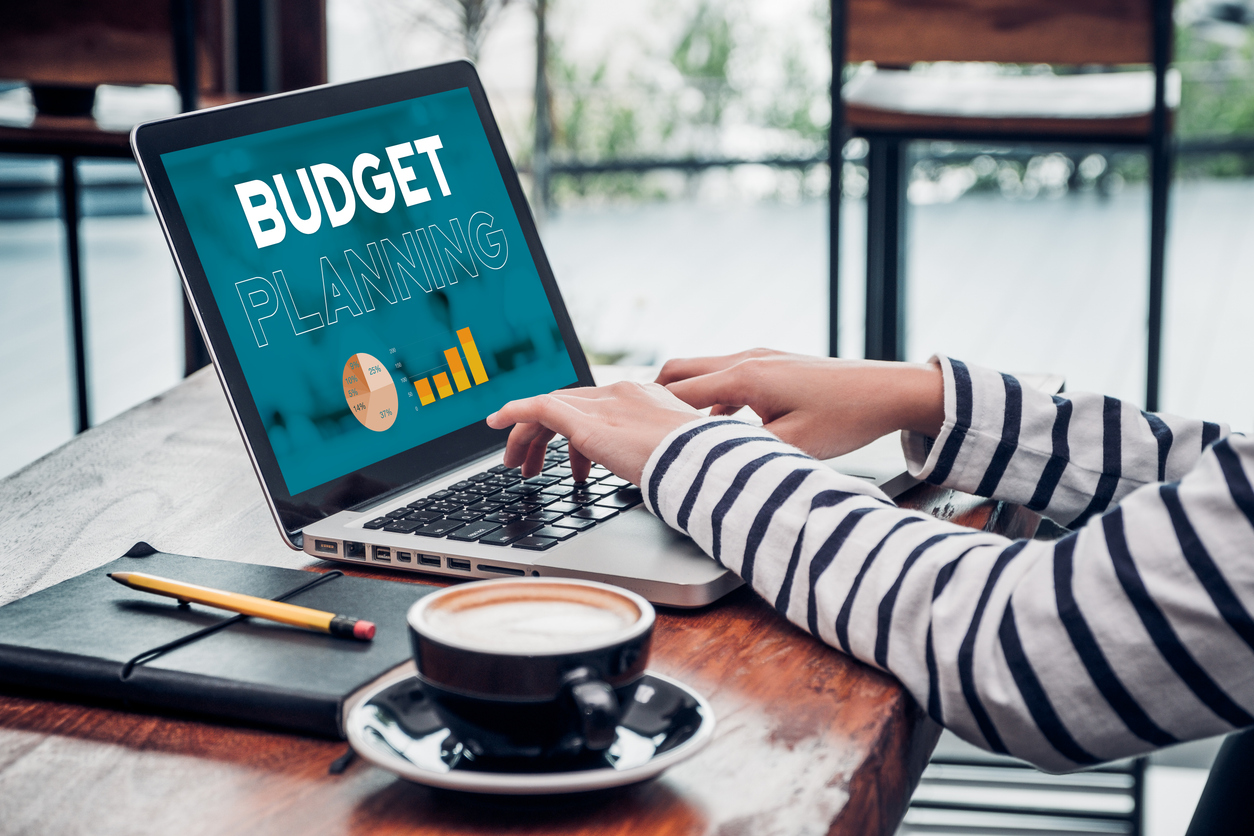
You know you should budget. You want to get organized, understand your finances and set spending limits to reach your goals. And you may have all good intentions to get that budget in place. But where to start?
A budgeting app might make it easier to stay on track, helping to automate the process and keeping you accountable.
Fortunately, there is no shortage of options. Some are simpler, while others are more comprehensive, letting you set up automatic bill paying or track spending by linking to debit and savings accounts. What’s key is to pick one that works for the type of budgeting method you prefer.
Those methods include:
- Zero-based: This method assures that every dollar and every cent of your income has a purpose, whether it’s essential needs, discretionary expenses, savings or debt payments. Your income minus all your expenditures will therefore equal zero.
- Envelope-based: You’ll allocate your monthly (or weekly, biweekly, etc.) income for designated categories of spending that you define. With paper envelopes, you would place cash equal to each allocation into a marked envelope. The digital version eliminates the issue of carrying around a lot of cash, lets you know how much you have planned to spend and tells you how much you have in your bank account.
- Pay-yourself-first: This method prioritizes savings – emergency fund, retirement and other savings to help you achieve your goals. You’ll determine the percentage of your take-home pay you will save each month, then designate funds for your essential expenses.
- 50/30/20: You’ll allocate 50% of your net income to essential needs, 30% to “wants,” or discretionary expenses, and 20% to savings.
- 70/20/10: You’ll allot 70% of your net income to monthly spending (needs and wants), 20% to savings debt repayment above minimum payments, and 10% to charitable contributions.
Budgeting apps to consider:
- Your bank or credit union’s app. Many financial institutions provide budgeting tools of their own. For example, Wells Fargo and Bank of America both offer in-app virtual assistants. Wells Fargo has another tool to help with the goal-setting process and budget management, while TD Bank’s app lets users set up personalized alerts. These apps are often free for customers, so you may want to start by checking with your bank or credit union.
- Goodbudget. The Goodbudget app is based on the envelope budgeting system. The user-friendly system allows you to enter every expense and assign amounts to your “envelopes,” which can be organized based on monthly expenses or one-time goals, such as buying a house. The free version To automatically link to your bank accounts, you need to upgrade to the paid version . There’s a free version that provides access to one account on two devices and one year of history. The Premium version (which allows unlimited accounts and envelopes) allows you to link bank account information and costs $10 a month or $80 annually.
- Monarch Money. Monarch uses a zero-based budgeting method. The app lets you connect all financial accounts – from check and savings accounts to property, vehicles and even cryptocurrency. With more automation than many apps, it will suggest budget amounts for spending categories based on past spending, and let you sort purchases into high-level and mid-level categories – or even specific businesses so you can easily identify where you’re spending the most money. You can create your own savings goals, complete with target dates, and the app will highlight the savings amount needed to achieve the goals on your home screen.
Monarch also makes it easy for a user to invite others into the budgeting platform, which can be helpful for couples and families. Cost is $14.99 a month or $99.99 a year. You can try it free for a week. - YNAB. Standing for “you need a budget,” YNAB also operates with the zero-based method. Its hands-on, proactive approach requires action on every transaction detected, meaning you’ll need to devote time to it each day. The upside is that you see exactly where every dollar is going, and any categories where a shortfall could be coming.
One particularly helpful feature is how YNAB handles credit card purchases. If you use a credit card and mark the purchase that way, YNAB will automatically note that amount for your next credit card account payment. This goes a long way toward making sure you’ll have the funds to make your payments in full every month and avoid credit card debt.
Cost is $14.99 a month or $99 a year. - SoFi Insights. The app, using zero-based budgeting, lets you link all your financial accounts, set spending targets, manage student loan and other debt payments, and review a weekly update on one of your credit scores. It’s free, and you do not need to use other SoFi products to use it.
- PocketGuard. With PocketGuard, you can follow any budgeting method you choose, including zero-based, envelope and 50/30/20. It asks you to begin by listing your goals, then connect your financial accounts and set up your own budget. Many people prefer handling this step themselves (versus having the app do it for them) as it can provide a greater sense of control. One helpful feature is the way PocketGuard detects monthly subscriptions and makes it easy to cancel any you aren’t using or no longer want. Through a partnership with Billshark, PocketGuard will negotiate subscription costs on your behalf. It also lets you set up debt payoff plans by linking loan or credit card accounts, or manually entering them.
PocketGuard’s basic version, which contains limited features, is free. The enhanced version is available for $7.99 a month, $34.99 a year or $79.99 lifetime. - NerdWallet. This app will categorize your past transactions once you’ve entered and connected your financial accounts. It will compile all your upcoming bills onto one spot, using past payment dates, calculate your net worth and present easy-to-understand visuals of your financials. While free, you’ll find ads and a list of partner offers – and it works only with the 50/30/20 budgeting model.
- Empower. This free app allows you to follow any budgeting method you choose, including the zero-based envelope and 50/30/20 methods. You can create and modify a budget as well as review your spending, bank accounts, retirement savings accounts and other investments, and even your mortgage. Setting savings goals and categorizing transactions is simple and straight-forward. It gives you a good overall view of your financial situation.
Taking the plunge
When reviewing apps, you’ll want to focus on how easy and practical it will be for you to use them. The best features in the world won’t do you any good if you don’t use them, so think through what’s important to you. How much manual entry will be required? How many devices and accounts does the version you’re considering provide access to? Will you be able to link to all your financial accounts? Is the company open and transparent about its security features?
Budgeting apps can be convenient and take some of the hard work out of tracking your finances. If you’re serious about keeping pace with your financial goals, they could be worth a look.
The blog articles published by Unlock Technologies are available for general informational purposes only. They are not legal or financial advice, and should not be used as a substitute for legal or financial advice from a licensed attorney, tax, or financial professional. Unlock does not endorse and is not responsible for any content, links, privacy policy, or security policy of any linked third-party websites.”


